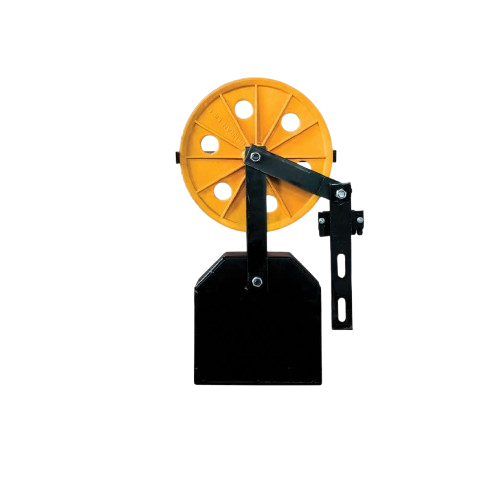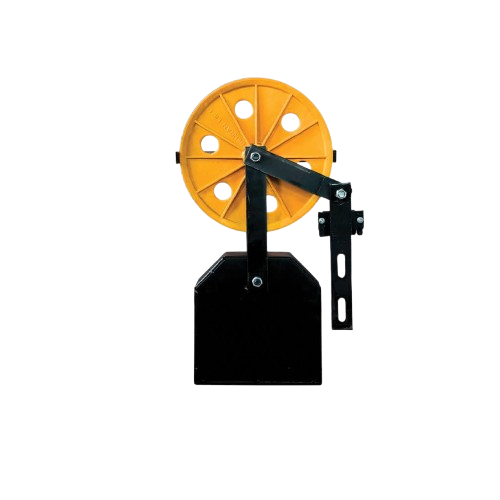The governor traction block is one of the main components of the elevator safety system. This block is responsible for creating traction and controlling the speed of the elevator car.
The four main components of an elevator governor traction block:
The main shaft of this large shaft is responsible for transmitting traction force from the elevator motor to the cabin.
If the cabin speed increases beyond the permitted limit, the brake is activated and stops the cabin by applying braking force.
Traction wire The traction wire of this circuit is connected to the elevator car. It transmits the traction force to the car.
The governor housing is the housing that houses and protects the main circuit and brake caliper.
Its main tasks
The main frame creates traction force by transferring traction force from the elevator motor to the cabin, enabling the cabin to move.
The speed control of the platform always controls the speed of the cabin and prevents it from exceeding the permitted limit.
Brake activation: If the cabin speed increases beyond the allowed limit, the brake of this block is activated and stops the cabin






